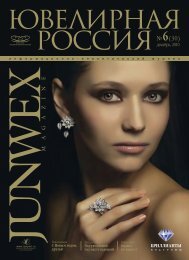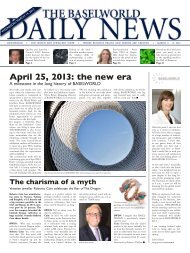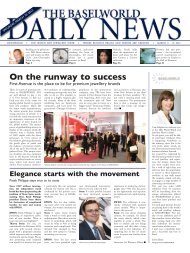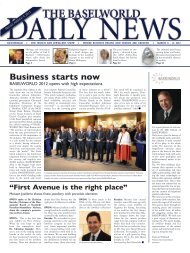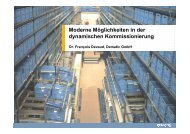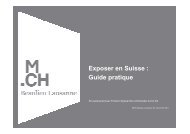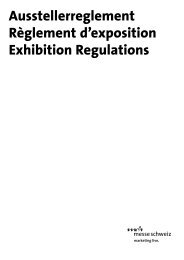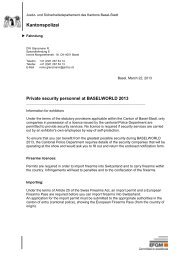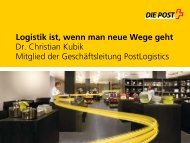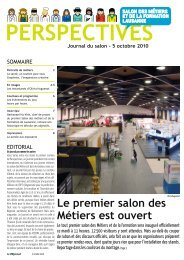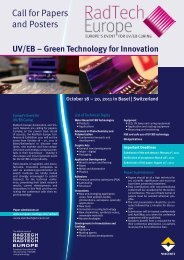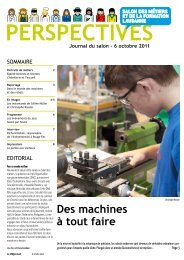WatchTime - August 2012
WatchTime - August 2012
WatchTime - August 2012
You also want an ePaper? Increase the reach of your titles
YUMPU automatically turns print PDFs into web optimized ePapers that Google loves.
SUPPLY SIDE<br />
Hairsprings<br />
asked for an investigation to determine whether it could, without<br />
violating antitrust law, stop delivering certain mechanical-movement<br />
components to companies outside the Swatch Group. Comco<br />
agreed to investigate, and, pending its findings, which are expected<br />
to be announced in the second half of next year, ruled that<br />
the Swatch Group could reduce <strong>2012</strong> and 2013 deliveries of escapements<br />
by 5 percent below 2010 levels. The Swatch Group’s<br />
request was packed with explosive power: the ensuing controversy<br />
far exceeded the hullabaloo that the Swatch Group triggered in<br />
2002 when it announced the phasing out of ébauches deliveries<br />
by ETA, its movement-making subsidiary.<br />
The complexity of the processes involved in the serial production<br />
of hairsprings is inversely proportionate to their size.<br />
The problems begin with the material per se. If one fails to follow<br />
the narrow (but unfortunately not publicly known) tolerance<br />
limits for the mixture of ingredients, then soon after smelting<br />
one will face serious problems with fine adjustment or stability.<br />
Of course, one can always turn to Vakuumschmelze<br />
GmbH, a vacuum smelter in Hanau, Germany, which has specialized<br />
for several generations in the delicate process of manufacturing<br />
the Nivarox alloy. But – and here’s the rub – this company<br />
only begins to manufacture the alloy after the customer<br />
that has commissioned the production provides the formula for<br />
the desired substance. Therefore, the customer must precisely<br />
122 <strong>WatchTime</strong> <strong>August</strong> <strong>2012</strong><br />
THE SWATCH GROUP’S REQUEST<br />
FOR A COMCO RULING ON<br />
WHETHER IT COULD CUT ITS<br />
HAIRSPRING SALES ROILED THE<br />
SWISS WATCH INDUSTRY.<br />
define the composition of its desired Nivarox alloy. There’s another<br />
problem, too: because of the mixing process, the minimum<br />
amount of material that can be processed is half a ton,<br />
from which Vakuumschmelze can produce about 350 kilograms<br />
of Nivarox wire. The price tag totals a bit more than half a million<br />
euros (about $650,000). Of course, that much wire is<br />
enough to manufacture about 280 million hairsprings. If the<br />
Swiss watchmaking industry continues to produce at its current<br />
annual rate, this would be enough little spiral springs to meet<br />
their needs for the next 40 years. This is not a viable alternative<br />
for small producers.<br />
The German company Carl Haas GmbH, Straumann’s former<br />
partner in the development of Nivarox, owns so-called “batch<br />
numbers” for smelting at Vakuumschmelze. These numbers authorize<br />
the company to smelt alloy of its own in the specified qual-<br />
Hairsprings are “baked” in this kiln at Precision Engineering.



